With the help of Radio Frequency Identification (RFID) skimming, it is possible to read and copy information from credit cards with RFID technology. RFID blocking technologies lower the reader’s broadcast signal power, preventing the RFID card’s microchip from functioning. The article discusses how to do RFID blocking with aluminum foil. Indeed, it is feasible to effectively block RFID signals using aluminum foil. Simply wrapping it around your cards or wallet can suffice. In fact, numerous individuals employ aluminum foil as an affordable homemade RFID blocker for this purpose.
Safeguarding oneself with RFID blocking with aluminum foil is simple, inexpensive, and effective. Aluminum foil can prevent RFID successfully. It can function by being wrapped around your wallet or cards. Many people wrap their cards in aluminum foil as a cheap RFID blocker.
It is feasible to carry a credit card with an embedded RFID chip. Instead of swiping or inserting the card to make a purchase, RFID credit cards allow you to tap the card on a scanner. As a result, several items on the market claim to block RFID. Check out how to do RFID blocking with aluminum foil.
See Also: How To Aim In Rust: 7 Insane Tips And Tricks
Table of Contents
Describe RFID
RFID stands for Radio Frequency Identification. Passports and credit cards use RFID technology and enable close-range machine scanning.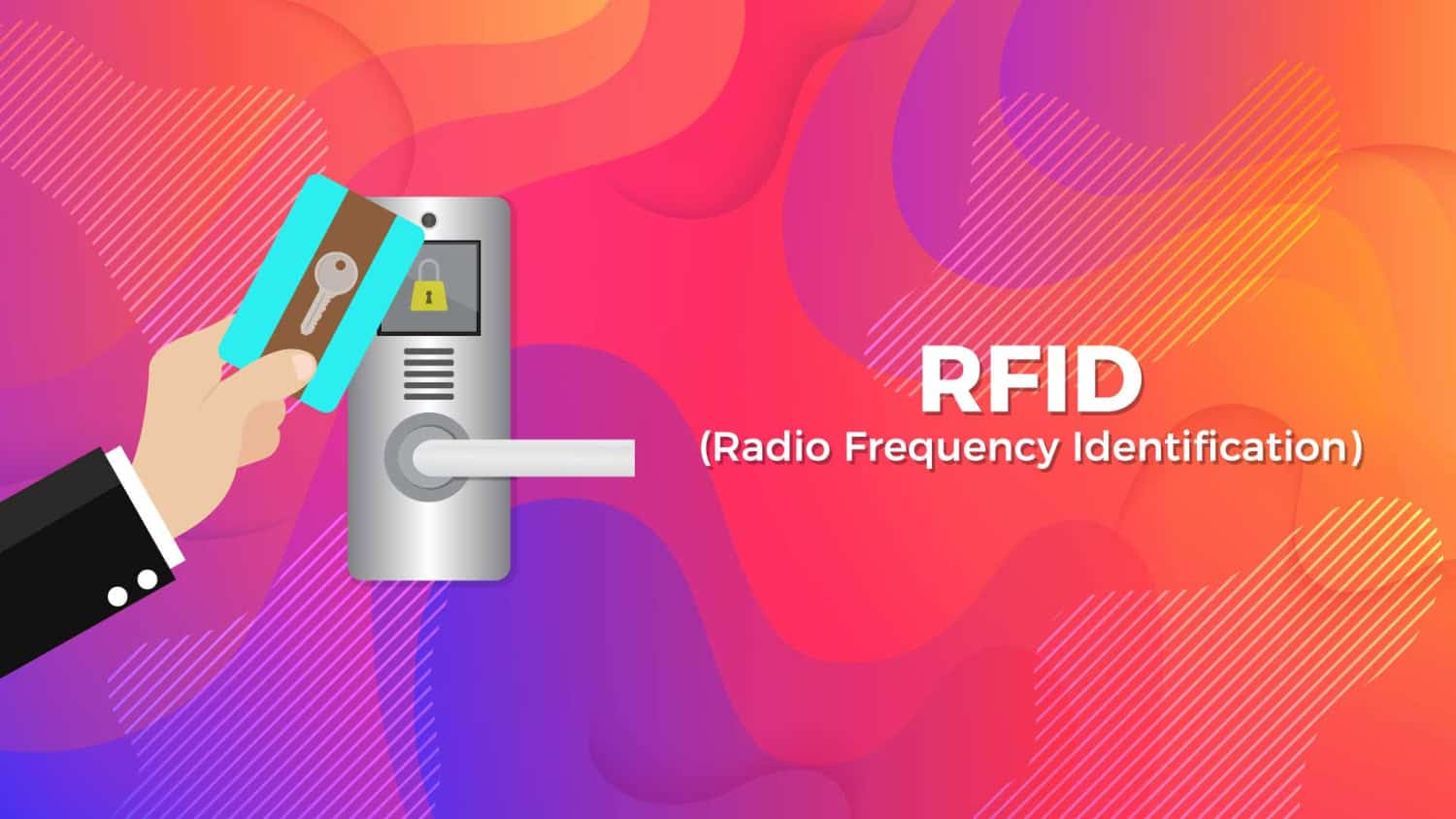
Some consumers do concerned that a malicious person nearby could secretly access the RFID feature on their card. Another danger is identity theft, a crime that can follow victims for years after their personal information has been taken. Theoretically, in so-called “skimming” attacks, a thief could take money out of the victim’s account while waiting in a store line or walking down the street.
How To Do RFID Blocking With Aluminum Foil?
Many years ago, people worried about RFID chips—not only about credit cards. The RFID chips in every US passport issued after 2006 keep track of your information and photo. In general, there are numerous ways that RFID blocking cards, shields, and protectors operate. Either of them is active or passive.
The RFID signal can be absorbed or refracted by passive shields or protectors. Microchips are used in active RFID shields and guards. Usually, they emit a signal that interferes. In the reader, it is effectively acting as if there is a card clash because it is impersonating another card. Alternatively, it depletes the transmitting signal’s energy, which is powers the card chip. The chip cannot convey a response if it cannot receive enough power to operate.
See Also: Top 17 FM Transmitter Apps For Android & IOS – TechWhoop
Steps To Do RFID Blocking With Aluminum Foil
- A gadget is necessary for radio frequency identification technology in order to identify and locate an object.
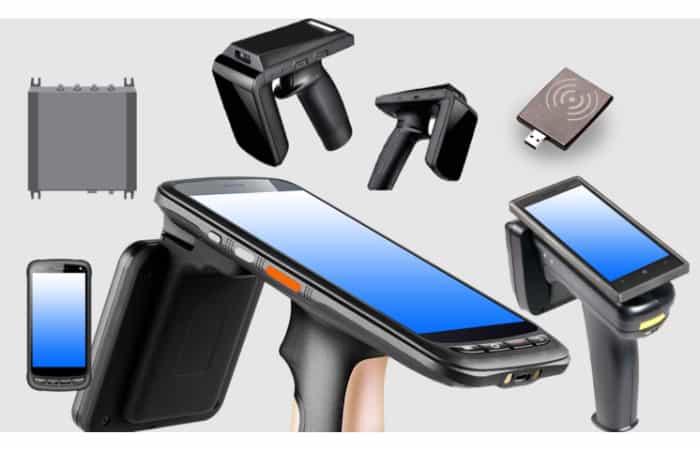
- It accomplishes this by transmitting a signal that activates the opportunities to use RFID tags on the object using specific radio frequencies.

- Once turned on, the chip transmits data to the reader’s antenna using the energy created by the electromagnetic waves.

- After then, data is electronically translated from the transmission.

RFID chips use radio waves to communicate. Using radio waves, an RFID reader reads the data from an RFID tag attached to the object, such as a credit card.
The secret is that RFID chips have very weak electromagnetic fields, which enable reading without needing to “initiate” transmission. Simply being close enough will allow the RFID reader to enter the field.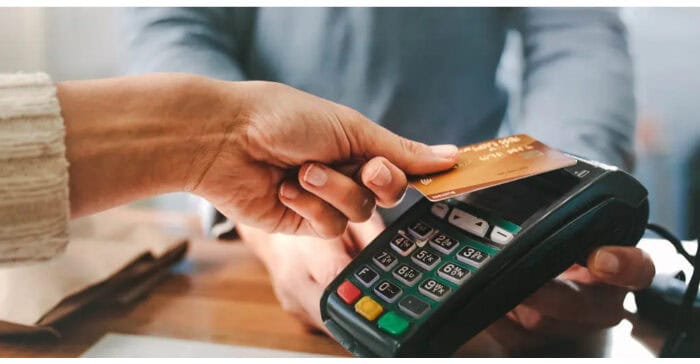
Because of this, someone could scan a card through your pocket. And sure, this kind of scanning has been done on real people. See what type of headache RFID hackers can cause by reading this Reddit tale. Fortunately, radio signals can be easily interrupted and blocked, which is how an RFID blocking with aluminum foil wallet functions. They cover your credit cards in a radio wave-interfering substance. If the wallet is built properly as a Faraday cage, it will shield all electromagnetic fields and stop your cards from communicating with RFID readers.
See Also: Top 5 Best Alexa Radio Stations Of All Time
Characteristics of Aluminum In RFID Blocking
Here are the key qualities that make metals the best option. These qualities of aluminium make it ideal for making shields that block RFID signals. Here are the crucial ones for RFID blocking with aluminum foil of these:
Affordability
Aluminum is an easily accessible and reasonably priced metal that can be used to make RFID shields for blocking websites. The same holds for metals combined to create the alloy Mu-metal.
Highly Permeable
Metals must have a strong propensity to produce magnetic fields when directly exposed to electric surges if they are utilizing to make a shield for RFID blocking with aluminum foil.
Ductile And Malleable
Being flexible and squishy is also essential. It must be capable of withstanding pulling and stretching since these metals transform into thin threads or foils to manufacture fabric. Aluminum and Mu-metal are two metals that are particularly ductile and malleable.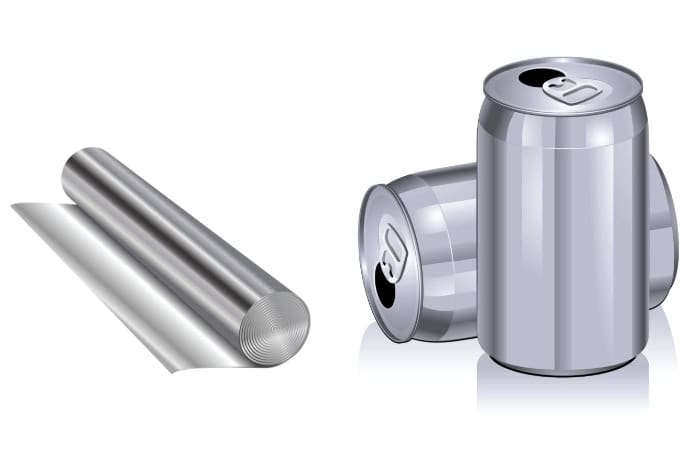
Resistance To Rust And Corrosion
It is always preferable to purchase a metal that does not rust or corrode instead of one that does so for various reasons. When exposed to conditions like humidity, they can stay considerably longer and don’t make a mess or decompose.
Light-Weight
Make sure they are light whenever you utilize metals and move them around periodically. Nobody would want to carry a wallet that is too cumbersome to fit in their pocket. Aluminum is one of the lightest metals.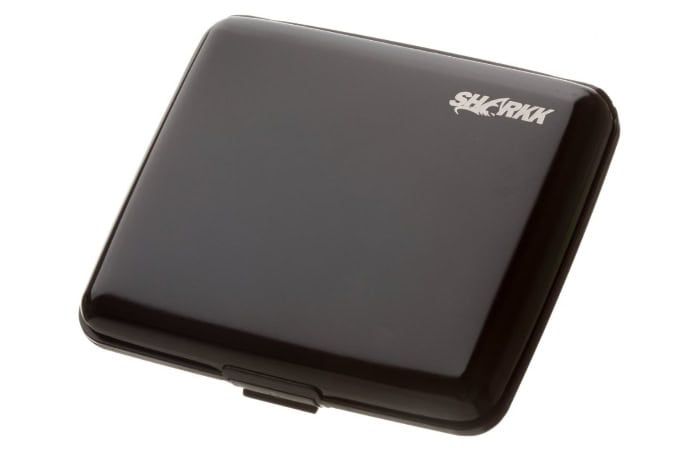
Non-Toxic
It can be bad to have certain metals in goods like wallets because they can sometimes be toxic. The metals that create the RFID-blocking shield shouldn’t be toxic or radioactive.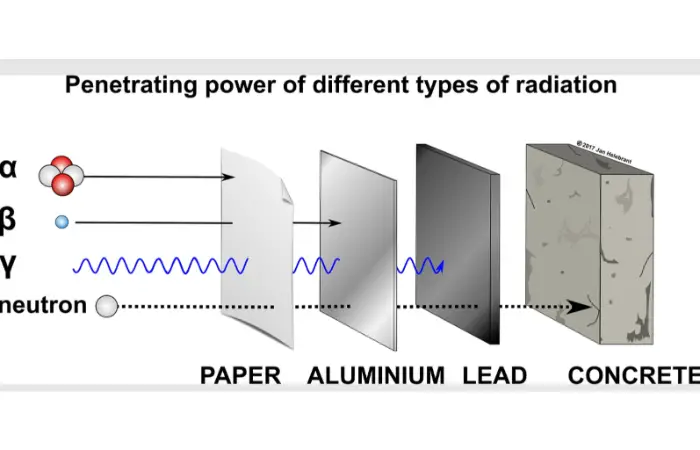
See Also: How To Scan QR Code On IPhone From Camera Roll | Top 5 Methods
FAQs
Is RFID blocking truly required?
If your risk is modest or you don't utilise anything with RFID, you don't need to block RFID blocking with aluminum foil. For low-risk individuals who nevertheless want to conceal their cards, passports, or other forms of identification, investing in protection may be worth the added peace of mind of accepting that you are safe.
Are RFID-blocking cards effective?
The selection of goods that brag this capability continuously expands and can successfully block the scanning function on a card or passport. Wallets and waterproof fanny packs alike now include RFID-blocking features.
How frequent is RFID fraud?
Data theft involving RFID credit cards is rare, and they are equally secure as EMV chip cards. This is a result of these cards' information-sharing and transmission methods.
Are RFID cards trackable?
An RFID reader must first scan its radio waves to access the data recorded on an RFID tag. They are eventually compiling it in a sophisticated asset-tracking system where the data can be viewed and utilised.
How long does RFID work?
Active RFID tags typically last three to five years, depending on the battery. While other tags might prohibit battery replacement, other tags might. Additionally, these tags have a far longer lifespan than tags using RTLS technologies like WiFi and ultra-wideband.
Is it possible to eliminate RFID?
Yes it is possible to remove the microchip on a credit card's radio frequency identification (RFID) device. You will not be the first person to do it, and there's no danger involved. You can watch out to avoid damaging the embossed numbers on the front of the magnetic stripe on the rear.
Conclusion
It is all about how to do RFID blocking with aluminum foil. RFID is a technology that reads, writes, and stores data onto a chip attached to an item via radio waves. RFID chips communicate by using radio waves. Although aluminum foil can block the RFID signal, the signal must be in close contact with the sensor.


